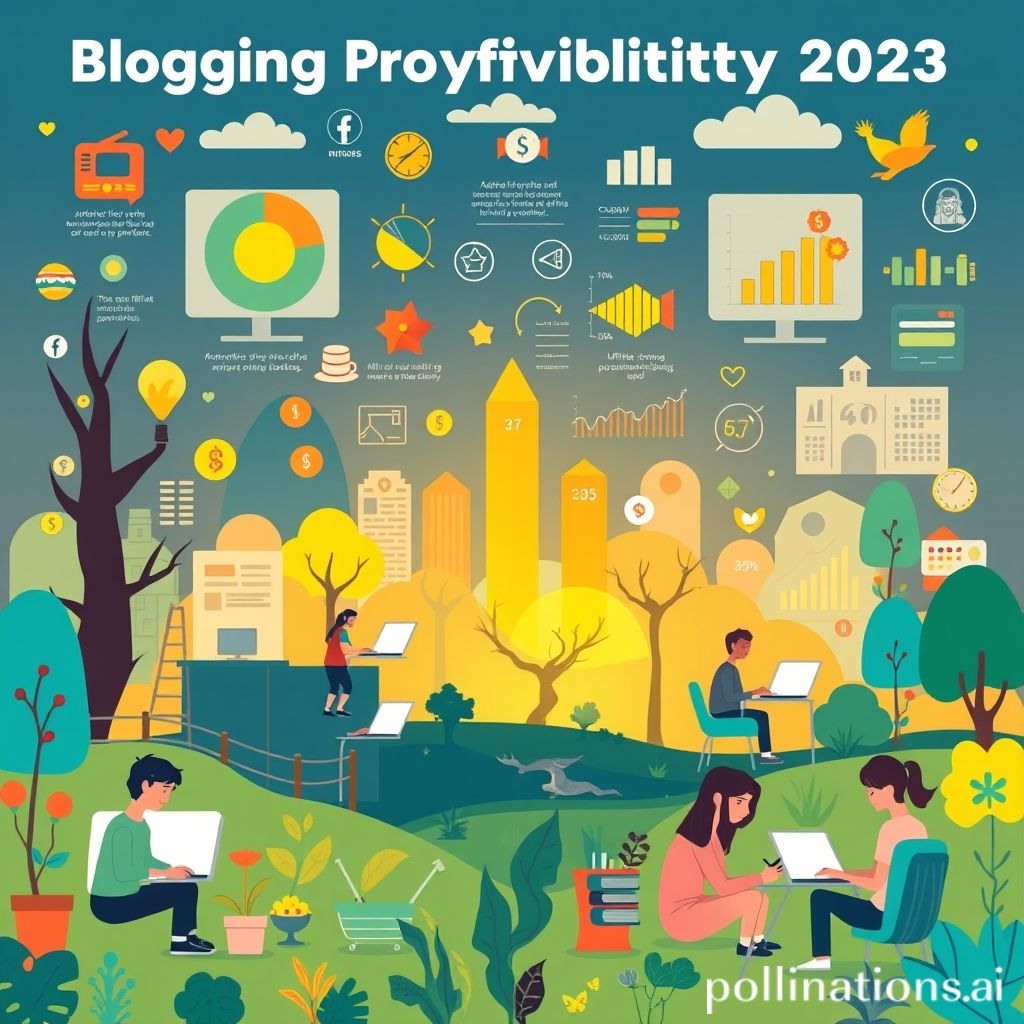Table of Contents
- Introduction
- Crafting Share-Worthy Subject Lines
- Incentivizing Forwarding with Exclusive Offers
- Embedding Social Sharing Buttons
- Creating Engaging and Valuable Content
- Personalizing Email Content for Forwarding Potential
- Conclusion
- Frequently Asked Questions
Introduction
In a world where inboxes are flooded with countless emails vying for attention, unlocking the secret to viral growth has become the Holy Grail for email marketers. Ever wondered what it takes for your subscribers to not just open your emails but eagerly forward them to friends, family, and colleagues? This article will delve into the art and science behind crafting irresistible emails that prompt your audience to hit the share button.
Think of your email campaigns as more than just messages—they are opportunities to create a ripple effect, spreading your brand’s message far and wide.
Below is a glimpse into the strategies we’ll explore:
| Strategy | Description |
|---|---|
| Personalization | Crafting messages that resonate with individual subscribers |
| Storytelling | Capturing attention with compelling narratives |
| Incentives | Encouraging forwarding through strategic rewards |
These tactics and more will be uncovered, giving you the roadmap to transform your emails into a powerful tool for viral growth. Ready to dive in?
Crafting Share-Worthy Subject Lines
Crafting share-worthy subject lines is a crucial strategy in email marketing as it can significantly increase the likelihood of subscribers forwarding your emails to others. The first step is to create a sense of urgency or curiosity. Subject lines that tease a surprise offer or a limited-time deal can intrigue recipients, compelling them to open the email and pass it on. Additionally, personalization can enhance the shareability of emails. By including the recipient’s name or tailoring the message to their interests, you create a more engaging experience. Another effective tactic is to use numbers and lists. Subject lines like “5 Tips to Boost Your Savings” utilize numbers to promise concise and valuable information, making them more likely to be shared. Finally, ensure that your subject lines are concise and clear. Overly complex or lengthy headlines may deter readers. Aim for brevity with a focus on the core message to maximize engagement and encourage sharing. In essence, a well-crafted subject line serves as the gateway to your email’s content, directly impacting its ability to spread among recipient networks.
Incentivizing Forwarding with Exclusive Offers
Incentivizing forwarding with exclusive offers is a powerful strategy to expand your email reach and engagement. By providing subscribers with unique discounts or special promotions in exchange for sharing your email, you create a win-win scenario that boosts interest and circulation. To begin with, craft an enticing subject line and preview text that piques curiosity and highlights the exclusivity of the offer. Be sure to emphasize the unique value proposition – something they cannot resist clicking and sharing.
In the body of the email, clearly explain the reward for forwarding the message, whether it’s a discount code, early access to new products, or limited-time deals. Providing clear instructions on how subscribers can share the email and emphasizing how easy it is will also encourage them to participate. Additionally, leveraging urgency by setting a deadline for when the offer expires can create a sense of immediacy and drive action.
Remember to include visually appealing elements, like eye-catching images or buttons, to draw attention to the sharing call-to-action. Furthermore, consider highlighting testimonials or social proof to increase credibility and trust. By offering these exclusive incentives, you not only increase the likelihood of your emails being forwarded but also foster a stronger relationship with your subscriber base.
Embedding Social Sharing Buttons
Embedding social sharing buttons in your emails is a highly effective tactic to encourage subscribers to forward your emails to others. These buttons provide a simple, one-click option for sharing your content across various social media platforms, increasing the visibility and reach of your email campaigns. By incorporating these buttons, you enable your subscribers to effortlessly share content with their friends and followers, thus extending your audience beyond the immediate list of subscribers.
To make the most of social sharing buttons, ensure they are prominently placed within your email, ideally at both the top and bottom. This strategic placement ensures that subscribers notice the buttons and are reminded to share the content as they finish reading. Additionally, it’s essential to choose recognizable, visually appealing icons that are consistent with your brand’s design to create a seamless and professional look.
Moreover, encourage sharing by crafting compelling content that resonates with your audience. When subscribers find value in your content, they are more likely to share it with their network. Consider including a brief but engaging call-to-action to further prompt readers to use the social sharing buttons. By implementing these strategies, you significantly enhance your chances of broadening your content’s reach.
Creating Engaging and Valuable Content
Creating engaging and valuable content is crucial when encouraging subscribers to share your emails with others. Subscribers are more likely to forward your email if they find the content insightful and beneficial. Start by understanding your audience’s needs and preferences. Tailor your emails to address their interests and provide solutions to their problems. This establishes a strong connection and shows that you value their time and attention.
Incorporate compelling visuals, such as infographics or eye-catching images, to make your emails stand out. Well-designed content not only captures attention but also makes the information easier to digest. Additionally, include storytelling elements to evoke emotions and create a memorable experience for your readers.
Offering exclusive content or incentives, such as discounts, free resources, or membership perks, can also increase the likelihood of your emails being shared. When subscribers feel they’re receiving something valuable, they are more inclined to pass it on to their network. Lastly, don’t forget to add a clear call-to-action, encouraging recipients to forward the email to friends or colleagues who might benefit from the content. This simple yet effective strategy can significantly expand your reach and engagement.
Personalizing Email Content for Forwarding Potential
Personalizing email content is a powerful tactic for encouraging subscribers to forward messages to others. By tailoring emails to the preferences and interests of your audience, you increase their relevance and engagement potential. One approach is to use data-driven insights to segment your subscriber list, ensuring that content resonates with each specific group. This might involve customizing subject lines, using personalized greetings, and including content that aligns with their previous interactions or expressed interests.
In addition, consider incorporating elements that make the email more shareable, such as impactful visuals or compelling stories that evoke an emotional response. Including calls-to-action that explicitly encourage sharing also bolsters forwarding potential. Phrases like ‘Share this with friends who’d benefit’ can be effective prompts for this purpose.
Another effective tactic is to incorporate incentives for sharing, such as offering exclusive discounts or access to content for those who forward the email to a certain number of friends. This not only incentivizes sharing but also taps into social proof, encouraging subscribers to share valuable information within their networks. Through these personalized strategies, your emails become more engaging and have a higher likelihood of being shared, thus extending their reach and impact.
Conclusion
In conclusion, unlocking viral growth through email forwarding hinges on crafting strategically engaging content and providing tangible incentives to your audience. By focusing on creating share-worthy subject lines that pique curiosity, you ensure your emails catch the initial attention they deserve.
In addition, incentivizing sharing through exclusive offers and embedding user-friendly social sharing buttons maximizes the potential reach of each email. Vital to this strategy is the creation of valuable and relevant content, tailored through personalization to deeply resonate with subscribers’ interests and needs.
The implementation of these techniques not only enhances the shareability of your emails but also strengthens the bond with your subscriber base, transforming them into ambassadors for your content. By embedding these methods into your email marketing strategy, you set the stage for significantly improved engagement rates and expanded audience reach. Harnessing these strategies paves the way for your emails to be eagerly sent forward to new eyes, thereby unlocking the viral growth that can take your email marketing efforts to unprecedented heights.















